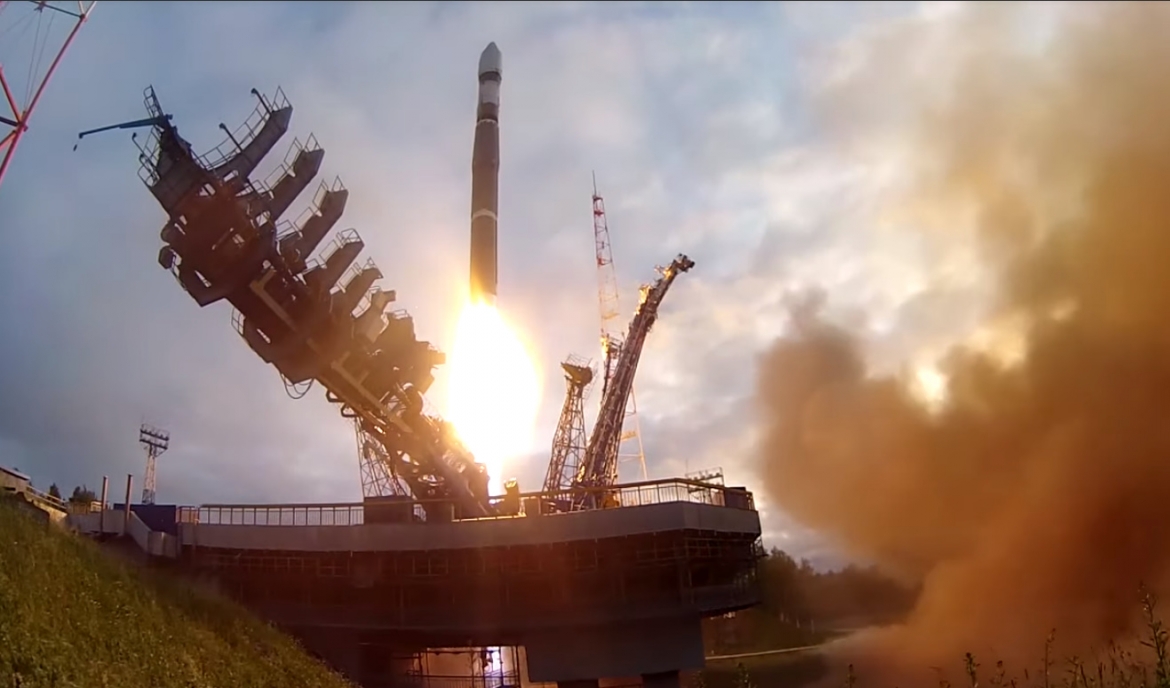A task for Trump: stop China in the South China Sea

For more than a decade, China has been using an increasingly aggressive hybrid-warfare strategy to increase its power and influence in the strategically important South China Sea. Countering it will be one of the defining challenges for US president-elect Donald Trump’s incoming administration.
Chinese President Xi Jinping’s Chinese dream of global preeminence depends significantly on achieving dominance in the South China Sea and ending America’s primacy in the Indo-Pacific region, an emerging global economic and geopolitical hub. And China has not hesitated to use coercive tactics in service of these objectives.
In recent years, boats belonging to countries whose territorial claims China disregards, such as the Philippines and Vietnam, have faced blockades, ramming, water-cannon attacks, and even bladed-weapon assaults by Chinese vessels. Offshore energy operations endure frequent harassment. Simply fishing in waters that China calls its own can expose a person to a Chinese attack with iron pipes. Such violent confrontations have heightened regional tensions and undermined stability in a crucial corridor linking the Pacific and Indian Ocean.
One might have expected the United States to take action to rein in China’s behavior, especially given its mutual defense treaty with the Philippines. And yet, three successive presidents—Barack Obama, Trump, and Joe Biden—have failed to offer anything beyond statements of support and symbolic action. In 2012, Obama allowed China’s brazen seizure of the disputed Scarborough Shoal from the Philippines to go unpunished.
This was hardly the first time the US had failed to live up to its defense commitments to the Philippines. In 1995, the Philippines requested US help to block Chinese forces from capturing Mischief Reef, just 129 nautical miles from the Philippine island of Palawan. US President Bill Clinton, smarting over the termination three years earlier of America’s right to maintain military bases in the Philippines, refused. Mischief Reef is now an important Chinese military base.
The more China has got away with, the bolder it has become. Following the capture of the Scarborough Shoal, Xi embarked on a land-reclamation frenzy, creating 1300 hectares of land in the South China Sea, including seven artificial islands that now serve as forward operating bases. China has built 27 military outposts on disputed islands, which now bristle with short-range missiles, reconnaissance gear, radar systems and laser and jamming equipment. Its larger islands also feature aircraft hangars, runways and deep-water harbors. By unilaterally redrawing South China Sea’s geopolitical map, China is ensuring that it is uniquely positioned to project power in the region.
Even as China has gradually eroded the Philippines’ security, including Philippine control of areas within its exclusive economic zone, the US has continued to underscore its ‘ironclad’ defense commitment to its ally. Late last year, the Biden administration affirmed that any armed third-party attack against the Philippine military, coast guard, aircraft or public vessels ‘anywhere in the South China Sea’ is covered by the US–Philippines Mutual Defense Treaty. Yet China remains unpunished—and undeterred.
What explains this yawning gap between rhetoric and action? First and foremost, the US fears escalation, especially when its resources and attention are being consumed by the wars in Ukraine and the Middle East. Moreover, the US prefers not to weigh in on sovereignty disputes in the South China Sea, where it has no territorial claims of its own. It has not even taken a position on the sovereignty of the Japanese-administered Senkaku Islands, which China also claims.
The US has, however, made clear that its security treaty with Japan covers those islands and cautioned against ‘any unilateral action that seeks to undermine Japan’s administration.’ It should do the same for the Philippines, stating unequivocally that its treaty commitment to the country covers any efforts to compel a change in areas currently under Philippine administrative control, including Second Thomas Shoal, which China has been attempting to besiege.
In support of this stance, the US could cite the 2016 ruling by an international arbitration tribunal that China’s territorial claims in the South China Sea have no legal basis and that Chinese actions within the Philippine exclusive economic zone violated the Philippines’ sovereignty. But China’s open contempt for that ruling should dispel any hope that the South China Sea’s future will be decided by international law, which is why the US must be prepared to back up such a statement with action.
If the US does stand up for its treaty ally, it can take advantage of the nine Philippine naval and air bases to which it has gained access within the last decade, two of which are located just across from Taiwan and southern China. If it does not, China will continue to solidify its dominance over the South China Sea, thereby cornering the region’s rich energy and fishery resources and gaining the ability to disrupt supply chains and punish countries for acts it deems unfriendly.
China will not stop at the South China Sea. Under Xi’s leadership, China has used a similar combination of deception, bullying, coercion and surprise to expand its territorial control elsewhere, from the East China Sea to the Himalayas, sparing not even the tiny country of Bhutan. As with any bully, the only way to stop China is to confront it with a credible challenger. The US must be that challenger, and it should start by defending the Philippines.




